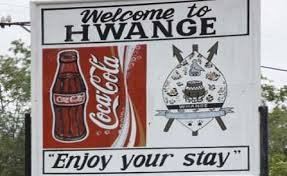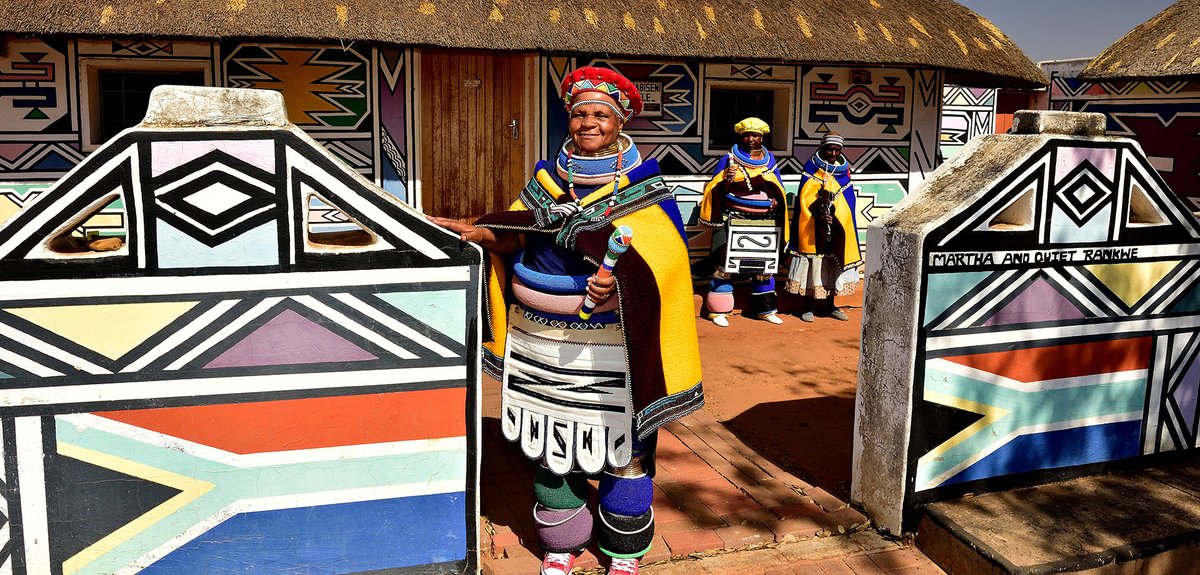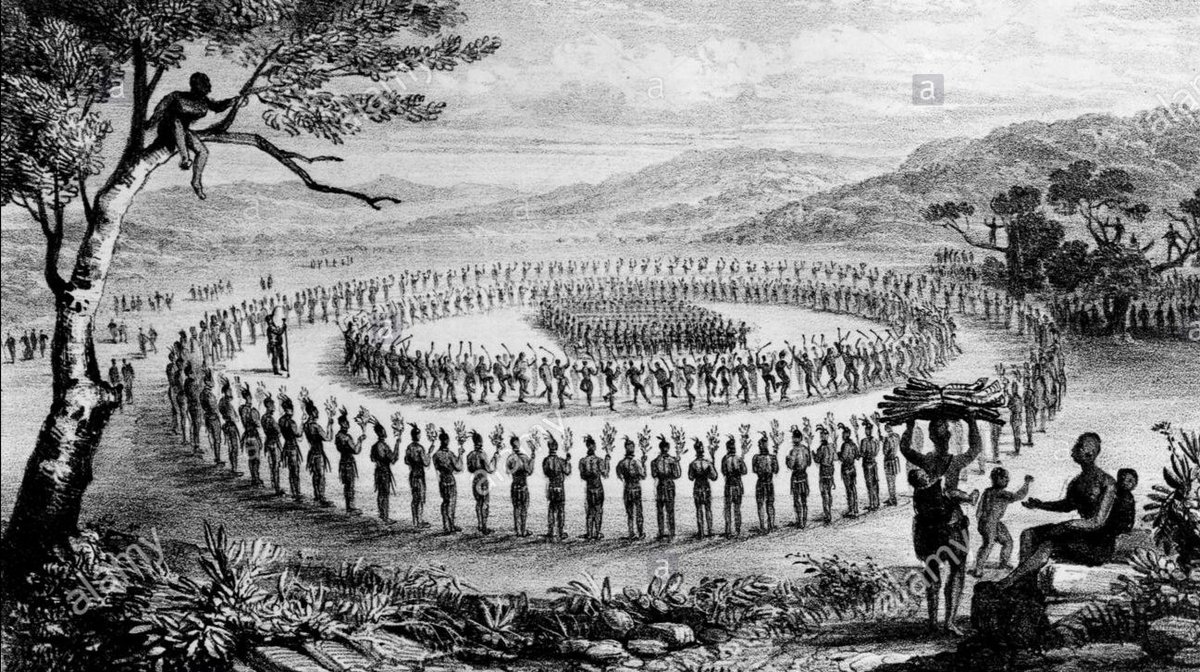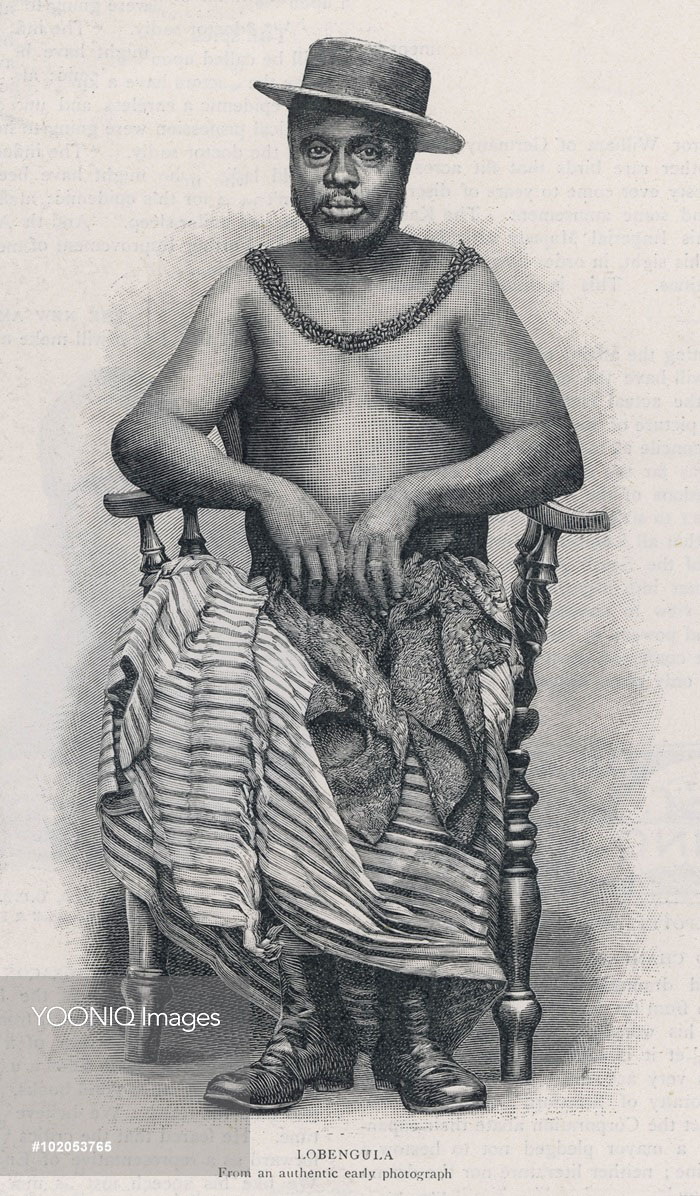
1. THE INXWALA FESTIVAL OF THE NDEBELE PEOPLE OF ZIMBABWE 🇿🇼
Umnxeba ....🧵
As we approach the end of the year we celebrate Christmas & New Year's holidays across the world. However, before colonisation, the Ndebele people had a festival known as inxwala.
Umnxeba ....🧵
As we approach the end of the year we celebrate Christmas & New Year's holidays across the world. However, before colonisation, the Ndebele people had a festival known as inxwala.

2. Inxwala was a first fruits celebration, where the first fruits in a harvest were sacrificed to God /UNkulunkulu, who was believed to be responsible for the abundant rains and bumper harvests of food known as inala. 

3. There was a special song in prayer and thanksgiving sung during these festivities known as ingoma/iculo lenxwala. This ceremony was the mother of all celebrations presided over only by the king according to Ndebele customs. 

4. The king prayed and sacrificed as many as fifty oxen to his amadlozi, for national prosperity, welfare & victory over enemies. He would also taste the first harvest and give thanks to uNkulunkulu on behalf of the nation. There was lots of feasting, celebration & merry making. 

5. Inxwala was also characterised by a greatest military parade .Amabutho would parade he capital city and each regiment would be adorned in its unique military attire. The parades were characterised by special dances known as ukusina/imigido. 

6. The peak of the ceremony was when the king would throw his spear towards the rising sun. This was a religious act symbolising the end of a year, thus ushering in a new season. This also marked ritual cleansing and revival of the nation. 

7. Failure to attend inxwala festivities was treated as treason & was punishable by death. The only people known in history to have boycotted inxwala are the Zwangendaba regiment under Mbilo KaMadlenya Masuku who absconded King Lobhengula's first inxwala ceremony as king. 

8. In the previous threads we discussed how Mbiko and the Zwangendaba regiment were vanquished by King Lobhengula & how the Zwangendaba scattered across SADC with some fleeing to Swaziland, Zambia and others being hidden/assimilated by the Mataruse clan in Mberengwa. 

9. The inxwala ceremony is still practiced in the SADC region in various forms & shades by different Nguni/Ngoni people groups in countries like South Africa, Swaziland, Zambia and Malawi.
9. During the reign of King Lobhengula , the worship of King Mzilikazi was incorporated in the Ndebele inxwala festivities. Black cattle were sacrificed at his grave in Matopo. The last Ndebele king to preside over inxwala festivities was King Lobhengula.
ISIPHETHO🧵
ISIPHETHO🧵

• • •
Missing some Tweet in this thread? You can try to
force a refresh















